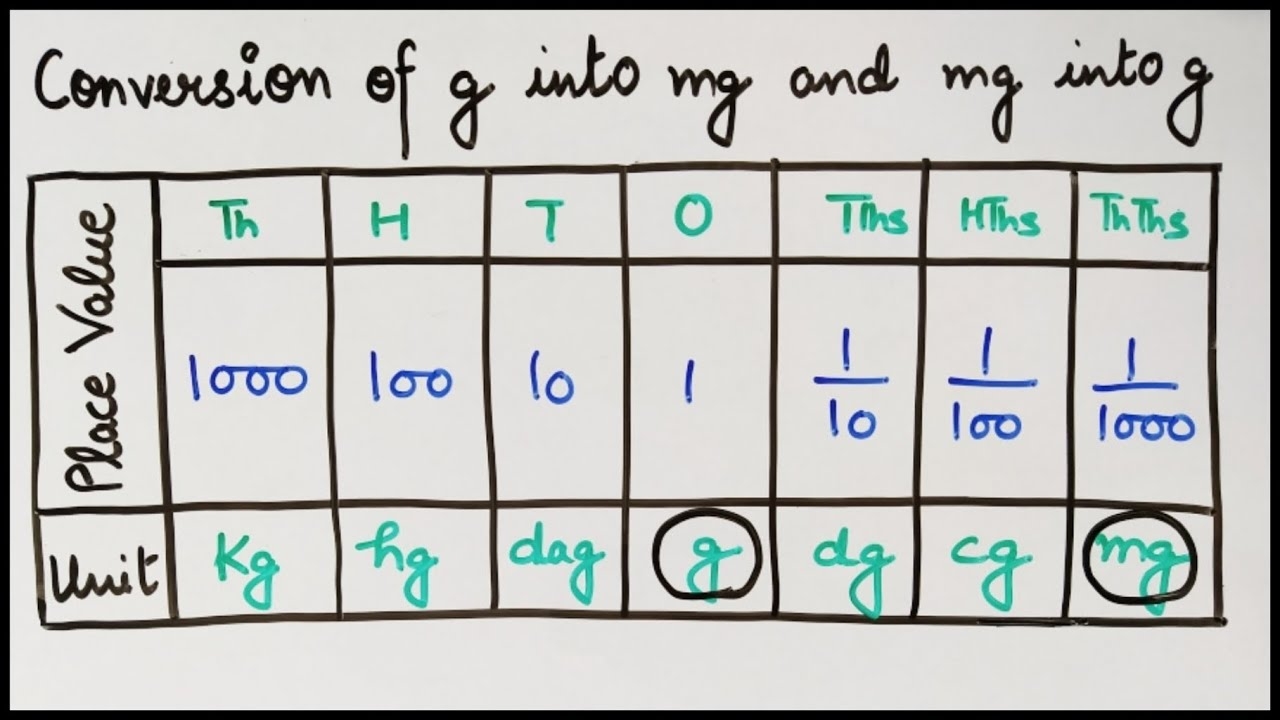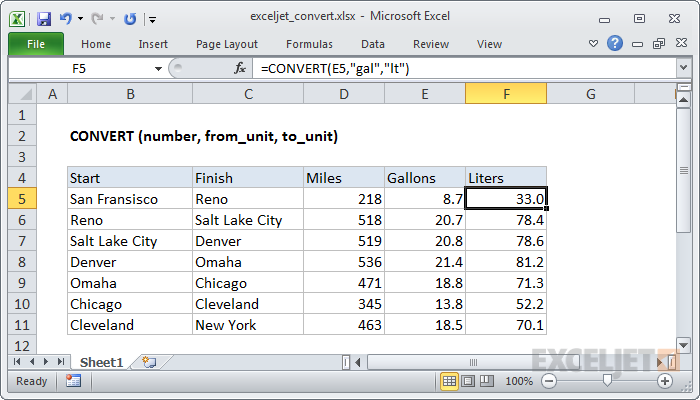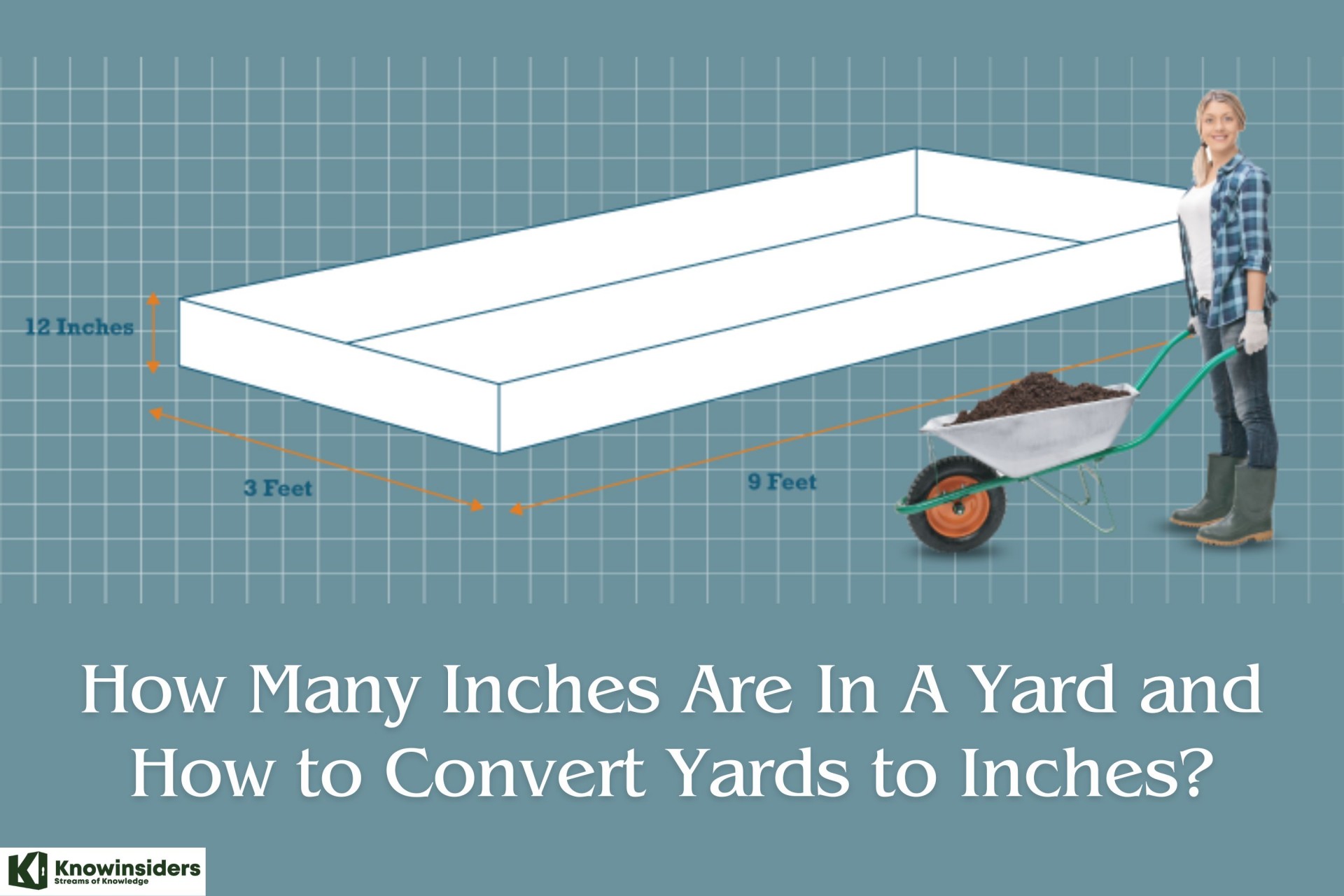How to Convert Grams to Milligrams and Milligrams to Grams: Best Methods and Easy Steps
 |
| Illustrated picture. Photo: Mixi |
Converting grams to milligrams and vice versa is a common task in Math and in real life. Therefore, it's important to practice this process fluently.
What is a Gram?
Definition:
The gram (alternative spelling: gramme; SI unit symbol: g) is a metric system unit of mass.
Originally defined as "the absolute weight of a volume of pure water equal to the cube of the hundredth part of a metre [1 cm3], and at the temperature of melting ice"[2] (later at 4 °C, the temperature of maximum density of water). However, in a reversal of reference and defined units, a gram is now defined as one thousandth of the SI base unit, the kilogram, or 1×10−3 kg, which itself is defined by the International Bureau of Weights and Measures, not in terms of grams, but by taking the fixed numerical value of the Planck constant h to be 6.62607015×10−34 kg⋅m2⋅s−1
History:
The word gramme was adopted by the French National Convention in its 1795 decree revising the metric system as replacing the gravet introduced in 1793. Its definition remained that of the weight (poids) of a cubic centimetre of water.
French gramme was taken from the Late Latin term gramma. This word—ultimately from Greek γράμμα (grámma), "letter"—had adopted a specialised meaning in Late Antiquity of "one twenty-fourth part of an ounce" (two oboli), corresponding to about 1.14 modern grams. This use of the term is found in the carmen de ponderibus et mensuris ("poem about weights and measures") composed around 400 AD. There is also evidence that the Greek γράμμα was used in the same sense at around the same time, in the 4th century, and survived in this sense into Medieval Greek, while the Latin term did not remain current in Medieval Latin and was recovered in Renaissance scholarship.
The gram was the fundamental unit of mass in the 19th-century centimetre–gram–second system of units (CGS). The CGS system co-existed with the MKS system of units, first proposed in 1901, during much of the 20th century, but the gram has been displaced by the kilogram as the fundamental unit for mass when the MKS system was chosen for the SI base units in 1960.
Current use:
The gram is today the most widely used unit of measurement for non-liquid ingredients in cooking and grocery shopping worldwide.
Most standards and legal requirements for nutrition labels on food products require relative contents to be stated per 100 g of the product, such that the resulting figure can also be read as a percentage by weight.
What is a Milligram?
Definition:
A milligram is a unit of weight and mass that is based on the SI (International System of Units) base unit of mass, the kilogram. It is equal to 1/1,000 grams, or 1/1,000,000 kilograms.
History/origin:
The milligram is based on the SI unit of weight and mass, the kilogram. As an SI unit, it uses the "milli" SI prefix to denote that it is a submultiple of the base unit. Although the "milli" prefix denotes a submultiple with respect to the gram, the kilogram, not the gram, is technically the SI base unit of mass.
Current use:
As a submultiple of an SI base unit, the milligram is widely used in many applications, from everyday use to measure the weight or mass of foods, substances, etc., to widespread use in scientific labs, among other areas.
Best Ways to convert Grams into Milligrams
 |
| Photo: Youtube |
Multiplying by 1,000
Step 1: Recognize that “milli” means one-thousandth. Understanding the definition of the prefix can help you remember the difference between grams and milligrams. Since “milli” means one-thousandth, a milligram is 1/1,000 of a gram.
Step 2: Multiply the number of grams (g) by 1,000 to get milligrams (mg). Multiplying by 1,000 is the same as moving the decimal point 3 spots to the right.
* For example, say you have 75 grams. Simply multiply 75 by 1,000, which equals 75,000. So, 75 grams (g) is equal to 75,000 milligrams (mg).
Step 3: Understand that grams (g) and milligrams (mg) measure mass. Both grams and milligrams are units used to measure mass, or how heavy an object is.
Example
Convert 5 g to milligrams:
m(mg) = 5 g × 1000 = 5000 mg
Best Ways to Converting Milligrams to Grams
Dividing by 1,000
Step 1: Note that milligrams (mg) are smaller than grams (g). Since “milli” means “one-thousandth,” a milligram is one-thousandth the size of a gram. Therefore, there will be fewer grams than milligrams.
Step 2: Divide the number of milligrams (mg) by 1,000 to find the number of grams (g). Keep in mind that there are 1,000 milligrams in every gram
* For instance, if you have 500,000 milligrams, divide 500,000 by 1,000, which equals 500. Therefore, 500,000 milligrams (mg) is equal to 500 grams (g).
Example
Convert 5mg to grams:
m(g) = 5 mg / 1000 = 0.005 g
| Remember that milligrams (mg) and grams (g) are metric units. If you live in the United States or another country that uses the imperial measurement system, you may be unfamiliar with grams and milligrams, since they are metric units. In the U.S., ounces (oz) and pounds (lbs) are usually used to measure weight. |
How Many Milligrams are in a Gram?
There are 1,000 milligrams in a gram, which is why we use this value in the formula above.
1 g = 1,000 mg
Grams and milligrams are both units used to measure weight. Keep reading to learn more about each unit of measure.
How many grams are there in a mg?
1mg is 1/1000g. There are 1,000 milligrams in 1 gram. To get your answer, simply divide your figure by 1,000.
How to Convert Grams to Milligrams and Vice Versa in Excel
 |
| Photo: Exceljet |
CONVERT Function Syntax
=CONVERT(Number,From_Unit,To_Unit)
* Number is the value you want to convert; From_Unit is the unit for the Number; To_Unit is the unit for the result.
Excel requires abbreviations, or short forms, for many measurement units in From_Unit and To_Unit arguments. For example, "g" is used for grams, "mg" for milligrams.
Check out this video to know more detailed about this process:
Grams to Milligrams conversion table
| Grams (g) | Milligrams (mg) |
|---|---|
| 0 g | 0 mg |
| 0.1 g | 100 mg |
| 1 g | 1000 mg |
| 2 g | 2000 mg |
| 3 g | 3000 mg |
| 4 g | 4000 mg |
| 5 g | 5000 mg |
| 6 g | 6000 mg |
| 7 g | 7000 mg |
| 8 g | 8000 mg |
| 9 g | 9000 mg |
| 10 g | 10000 mg |
| 20 g | 20000 mg |
| 30 g | 30000 mg |
| 40 g | 40000 mg |
| 50 g | 50000 mg |
| 60 g | 60000 mg |
| 70 g | 70000 mg |
| 80 g | 80000 mg |
| 90 g | 90000 mg |
| 100 g | 100000 mg |
| 1000 g | 1000000 mg |
In this video, you will learn how easily to convert Grams to Milligrams and vice versa:
 How to Convert FLAC Files to MP3: Step-by-Step Guide How to Convert FLAC Files to MP3: Step-by-Step Guide How to change FLAC Files to MP3? It's easier than you think to convert FLAC Files to MP3. |
 How to Convert AC to DC: Top Simple Step and Methods How to Convert AC to DC: Top Simple Step and Methods Circuits often require an integrated AC power source as the optimum strategy to reduce the size, cost, or application-specific needs. Check out methods to convert ... |
 How to Convert Hex to Binary and Binary to Hexadecimal How to Convert Hex to Binary and Binary to Hexadecimal Are you finding ways to convert Hex to Binary and Binary to Hexadecimal? Check out the full detailed instruction right below! |


























